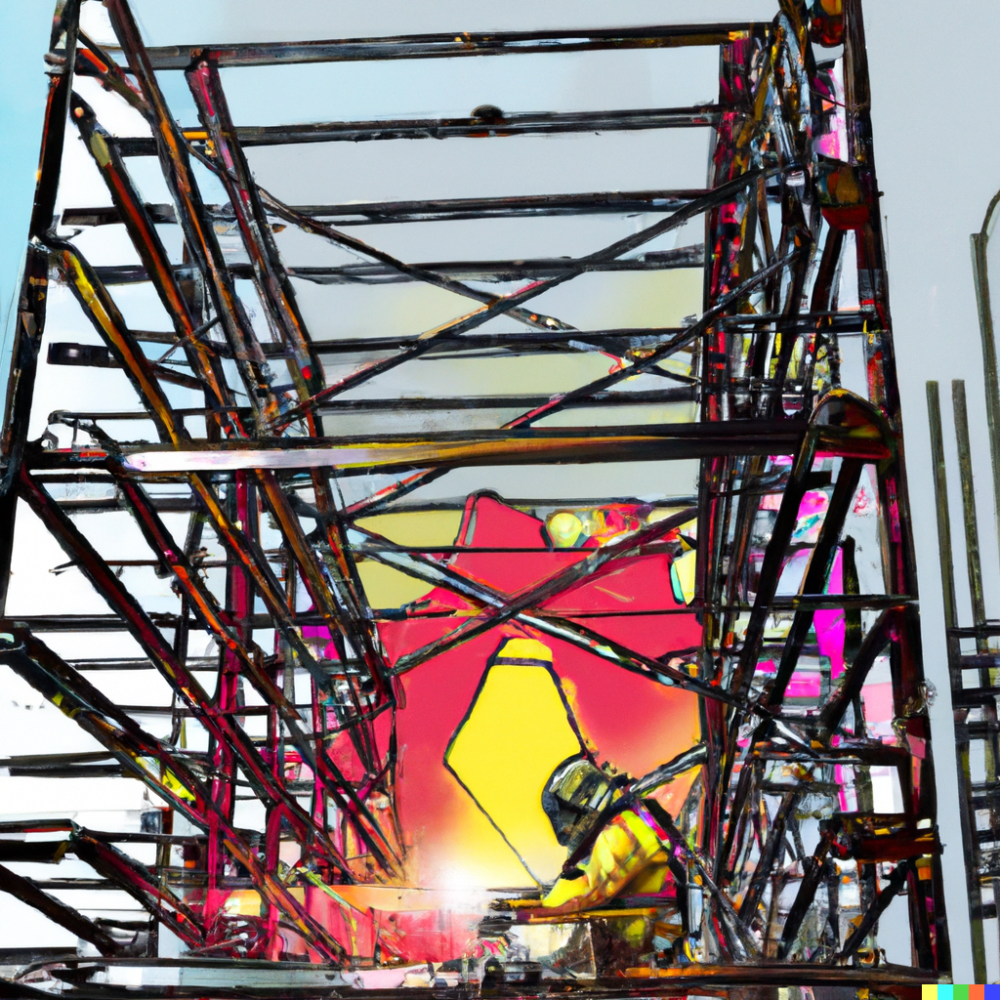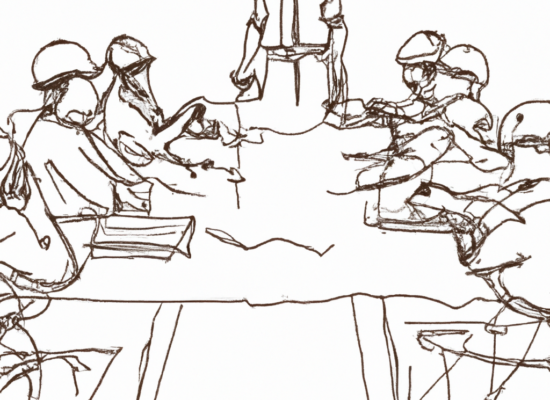Construction Welding: The Key to Building
Welding is a crucial aspect of construction, as it allows for the joining of different pieces of metal in a secure and durable way. This post will delve into the different types of welding used in construction and their specific purposes, as well as the inspection and testing that goes into ensuring the quality of the welds. We will also discuss the certifications and qualifications required for welders in the construction industry and the industry organizations that oversee the process and quality of welding.
Welding is an essential part of building and joining different pieces of metal together to create strong and durable structures. As an architect, it’s important to understand the different types of welding and the specific purposes they serve, as well as the inspection and testing that goes into ensuring the quality of the welds.
Types of Welding
There are many different types of Welding, each with its own unique set of advantages and disadvantages. The six most common types of welding used in construction are fillet weld, butt weld, lap weld, T-weld, corner weld, and edge weld.
- Fillet weld, for example, is the most common type of weld used in construction. It’s triangular in shape and is used to join two pieces of metal at a 90-degree angle. They’re often used in structural steel fabrication and can be found in a variety of building structures, including bridges and buildings. To ensure they meet the required specifications, fillet welds are tested by measuring the throat size and leg length.
- Butt welds, on the other hand, are used to join two pieces of metal that are in line with each other. They’re often used in pipe welding, as well as in the fabrication of large structures such as tanks and pressure vessels. Butt welds are tested using a variety of methods, including radiographic testing, ultrasonic testing, and magnetic particle testing.
- Lap Weld: Lap welds are used to join two pieces of metal that overlap each other. They are commonly used in the fabrication of tanks and other large structures. Lap welds are tested using a variety of methods, including radiographic testing and ultrasonic testing.
- T-Weld: T-welds are used to join two pieces of metal that form a T shape. They are commonly used in the fabrication of large structures such as tanks and pressure vessels. T-welds are tested using a variety of methods, including radiographic testing and ultrasonic testing.
- Corner Weld: Corner welds are used to join two pieces of metal that form a corner. They are commonly used in the fabrication of large structures such as tanks and pressure vessels. Corner welds are tested using a variety of methods, including radiographic testing and ultrasonic testing.
- Edge Weld: Edge welds are used to join two pieces of metal that are in line with each other. They are commonly used in the fabrication of large structures such as tanks and pressure vessels. Edge welds are tested using a variety of methods, including radiographic testing and ultrasonic testing.
In terms of certifications, the American Welding Society (AWS) is an industry organization that sets the standards for welding and offers several levels of certification for welders. These include the following certifications,
- Certified Welder (CW)
- Senior Certified Welder (SCW) and,
- Certified Welding Inspector (CWI).
Additionally, the American Society of Mechanical Engineers (ASME) offers a certification for welding procedures and personnel, known as
- ASME Boiler and Pressure Vessel Code (BPVC) certification.
Construction Welding: A Strong Finish
As we’ve seen, welding is an important aspect of construction, allowing for the joining of different pieces of metal in a secure and durable way. Understanding the different types of welding, the specific purposes they serve, and the certifications required for welders, will help architects make informed decisions about the use of welding in construction projects. The American Welding Society (AWS) and American Society of Mechanical Engineers (ASME) are industry organizations that set the standards for welding and offer certifications for welders and welding procedures. The use of Construction Welding is the key to building strong and long-lasting structures.
 Copyright secured by Digiprove
Copyright secured by Digiprove 



